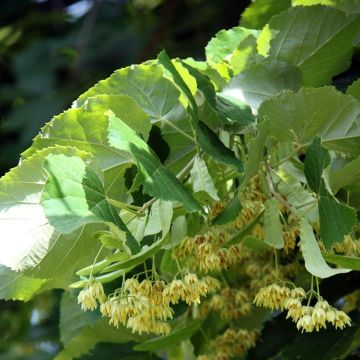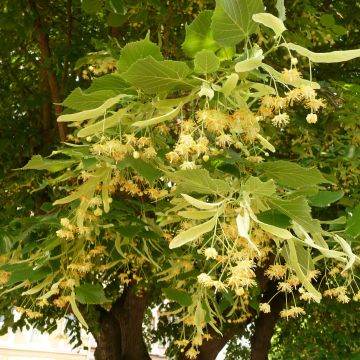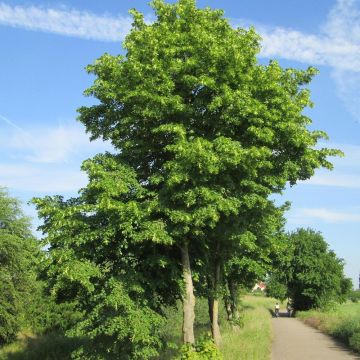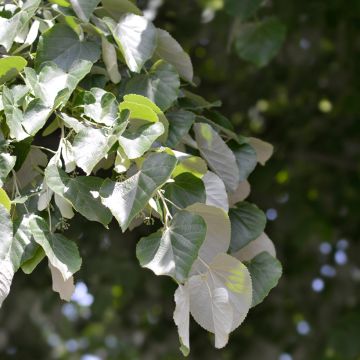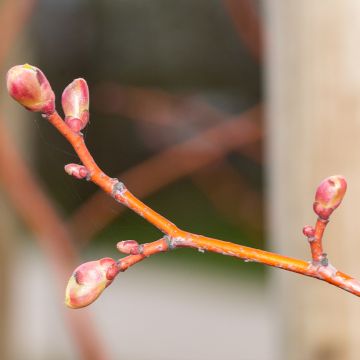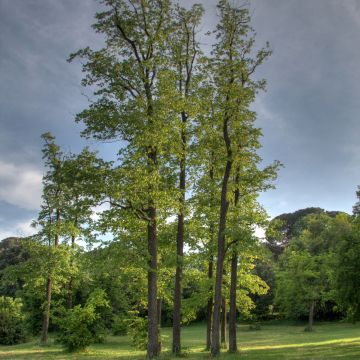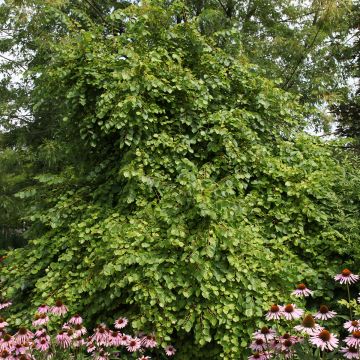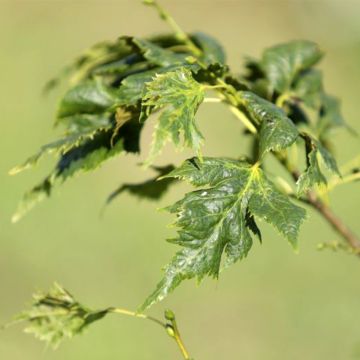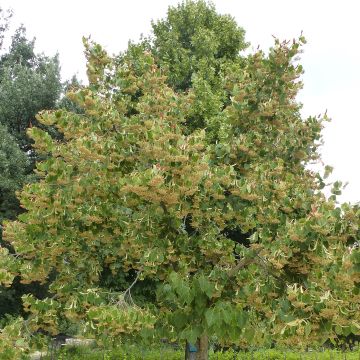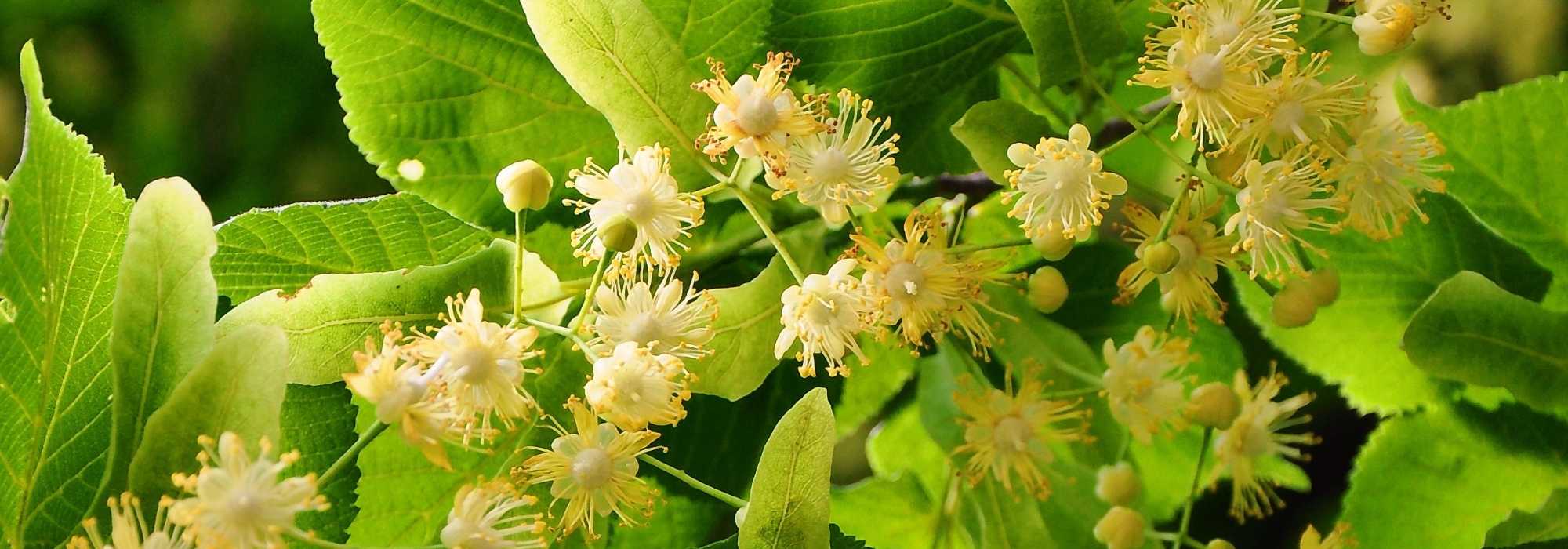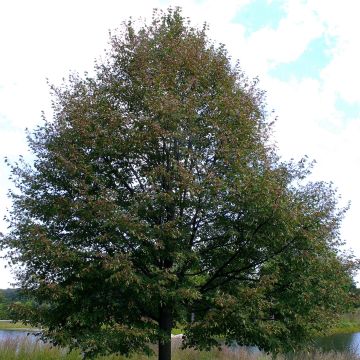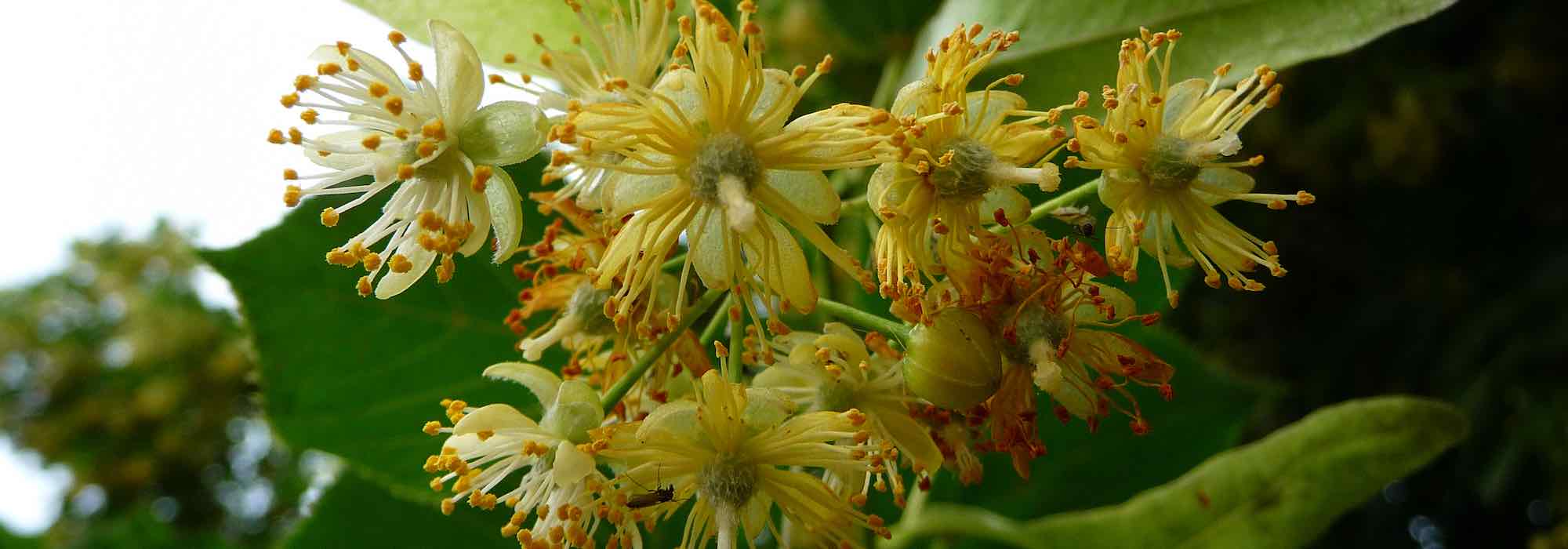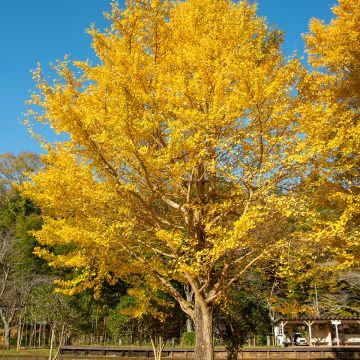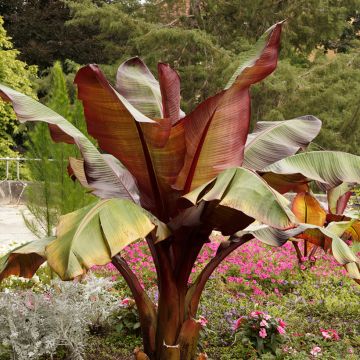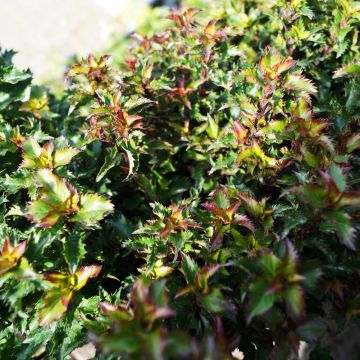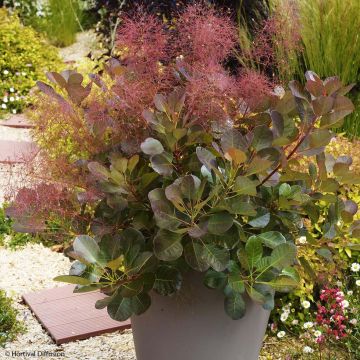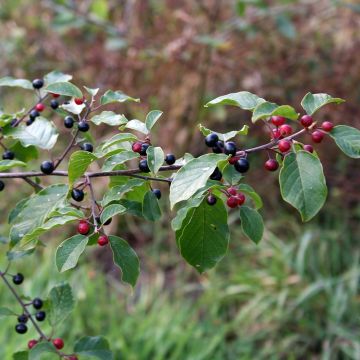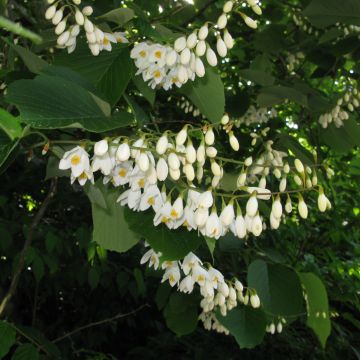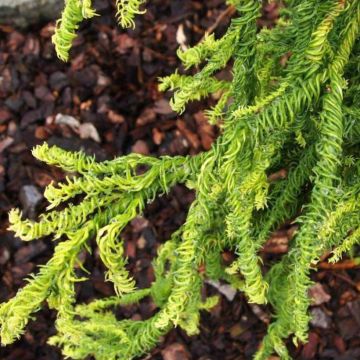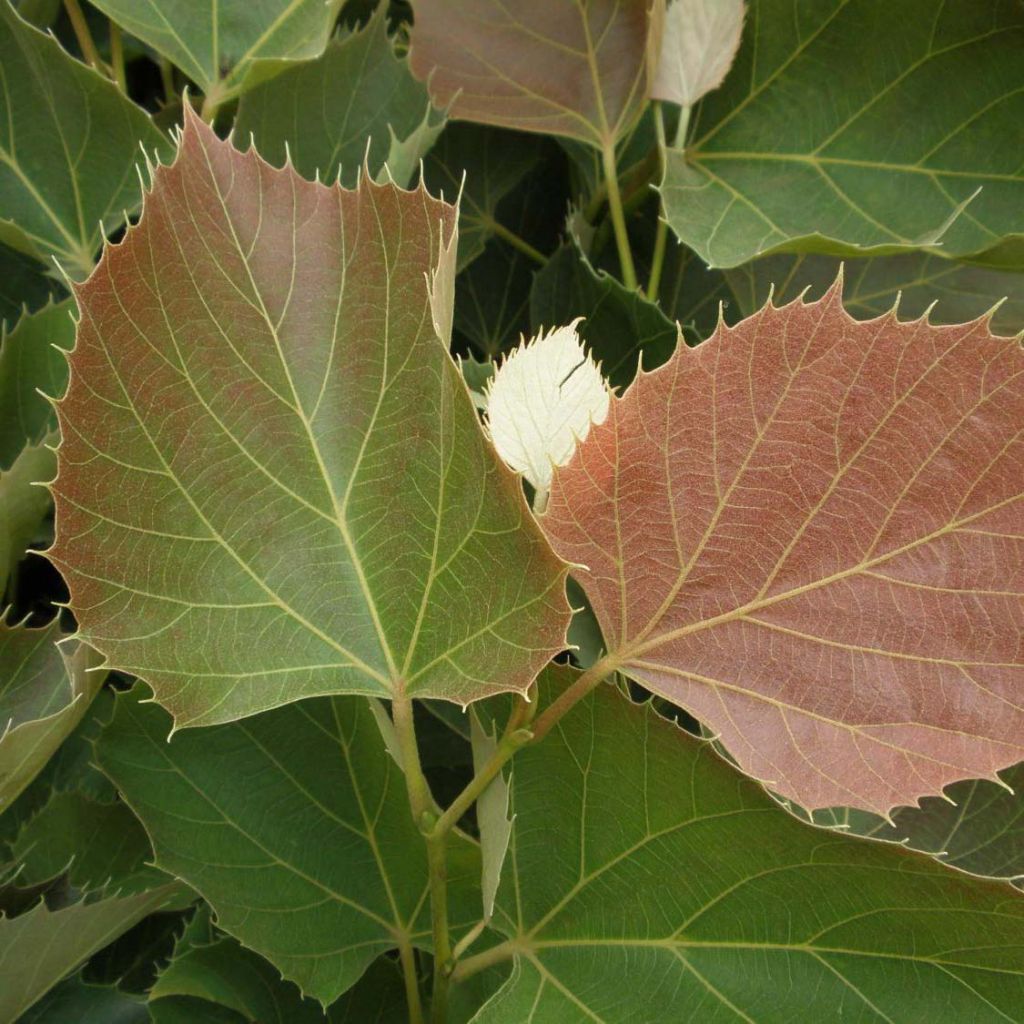

Tilleul de Henry - Tilia henryana Arnold Select
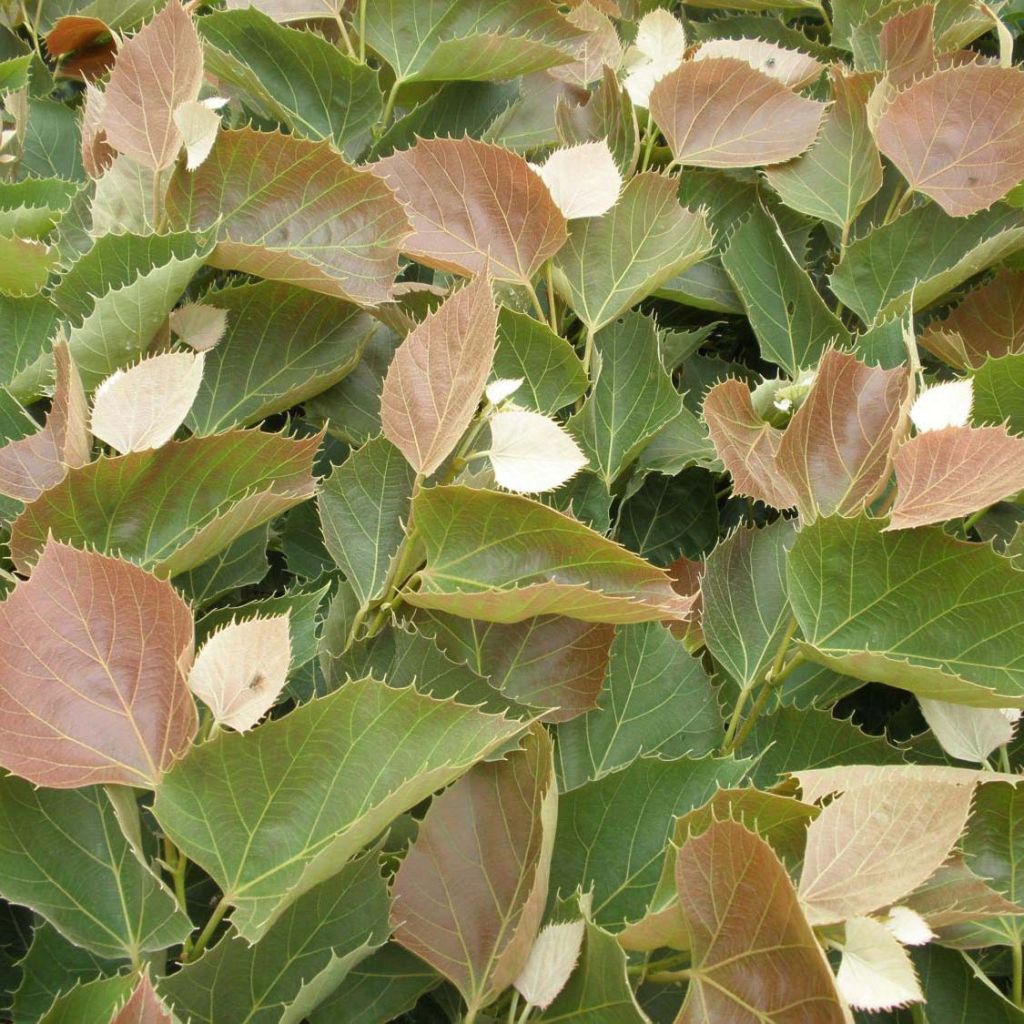

Tilleul de Henry - Tilia henryana Arnold Select
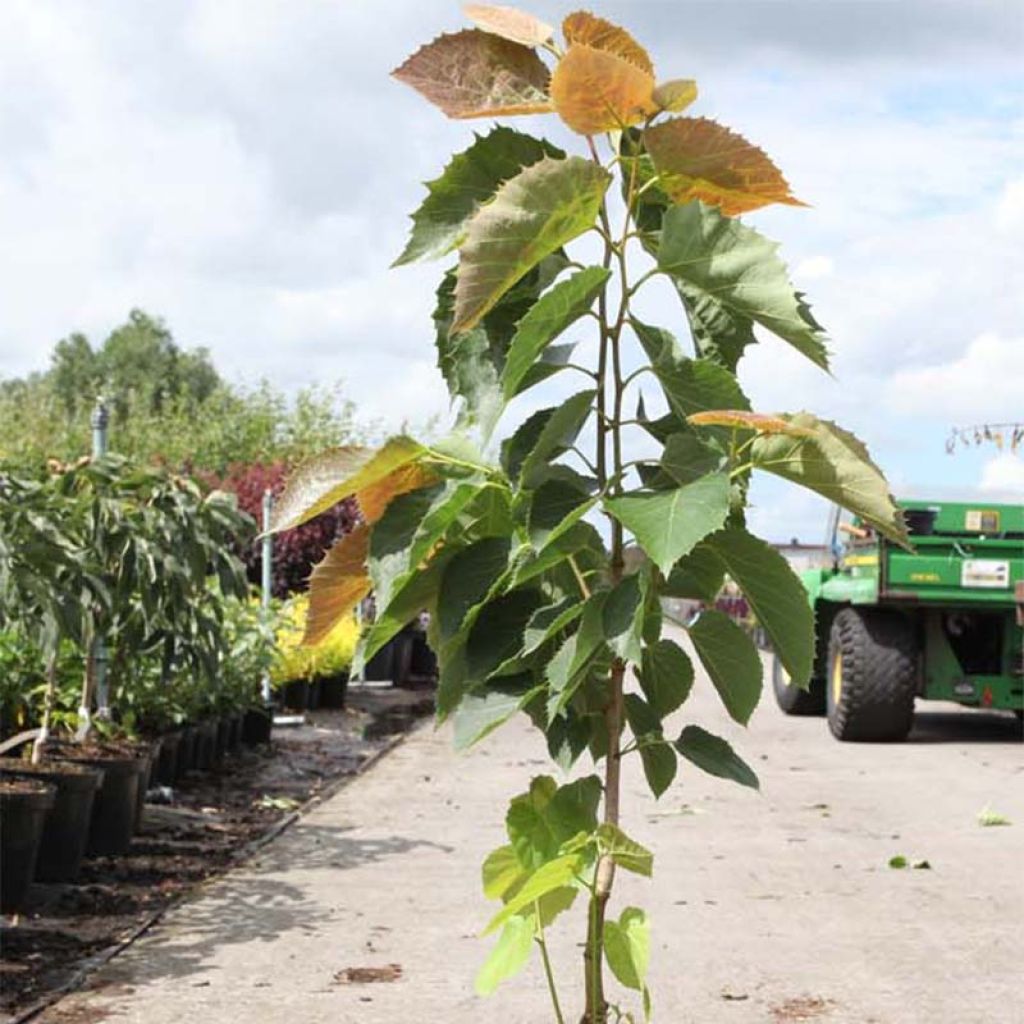

Tilleul de Henry - Tilia henryana Arnold Select
Tilia henryana Arnold Select - Lime
Tilia henryana Arnold Select
Henry's Lime
Well-packaged and in good condition plant.
Evelyne, 19/10/2019
Special offer!
Receive a €20 voucher for any order over €90 (excluding delivery costs, credit notes, and plastic-free options)!
1- Add your favorite plants to your cart.
2- Once you have reached €90, confirm your order (you can even choose the delivery date!).
3- As soon as your order is shipped, you will receive an email containing your voucher code, valid for 3 months (90 days).
Your voucher is unique and can only be used once, for any order with a minimum value of €20, excluding delivery costs.
Can be combined with other current offers, non-divisible and non-refundable.
Why not try an alternative variety in stock?
View all →This plant carries a 24 months recovery warranty
More information
We guarantee the quality of our plants for a full growing cycle, and will replace at our expense any plant that fails to recover under normal climatic and planting conditions.
Does this plant fit my garden?
Set up your Plantfit profile →
Description
Tilia henryana 'Arnold Select' is a beautiful selection of Henry's lime tree, which stands out mainly for its more intensely pink-golden juvenile foliage and slightly faster growth. Compared to its European cousin, the moderate development of this tree is much better suited to garden size. This variety is also highly appreciated for its late, fragrant, and honey-bearing flowering, as well as for the beauty of its foliage. In winter, it reveals its grey, smooth, and then fissured bark. Give it a prime location, in the sun, in moist, deep, and slightly chalky soil.
Henry's lime tree belongs to the Malvaceae family and is native to the mountains of northeastern and central China. 'Arnold Select' is an American cultivar which is slightly more colourful than the typical variety. The growth of this deciduous small tree is slow, and its adult size will not exceed 12 to 15m (39 to 49ft) in height and 10m (33ft) in width. When regularly pruned close to the ground, it will not exceed 6 to 8 m (20 to 26ft) in height and will form numerous stems from the stump. 'Arnold Select' has a rather pyramidal shape when young, then it widens to form a well-branched crown atop a short trunk: its branches show an ascending development. Its large, entire, alternate leaves, 8 to 12cm (3 to 5in) in length, are heart-shaped at the base and have long, fine teeth along the edges. They are highly coloured with pink to coppery orange in spring, becoming shiny green on the upper side in summer, showing a reddish-brown and silvery downy underside. In autumn, they turn golden yellow and then dark red and remain attached to the branches for a long time. Flowering occurs in late summer, in August-September. Numerous creamy-white small flowers with lime green stamens gather in pendulous corymbs, 15 to 20 in number, attached to the branches by long petioles. They have a remarkable fragrance and are a delight for bees. They are followed by small globose fruits attached to a wing, the samara, which are initially green and then turn grey.
'Arnold Select' can be planted as a standalone tree or to shade an ericaceous bed. You can plant it with Persian ironwood or x Sycoparrotia, which is similar but has semi-evergreen foliage that turns golden yellow in autumn. Use it, for example, in a mixed hedge, alongside Japanese maples, a Smokebush, Hydrangea Hot Chocolate, and winged spindle to create a vibrant and fragrant grove from September to November. As it seems to tolerate some chalkiness, other combinations with Cotinus, Garrya elliptica, and small conifers can be planted. Its flowers are an important source of nectar, valuable for beekeepers. A Japanese medlar, flowering in October-November with a scent of bitter almond, will also play this nourishing role in a scented garden.
Plant habit
Flowering
Foliage
Botanical data
Tilia
henryana
Arnold Select
Tiliaceae
Henry's Lime
Cultivar or hybrid
Other Tilia - Linden
View all →Planting and care
Plant in autumn or spring. It tolerates cold weather, but prefers warm and sheltered locations. It can withstand wind and sea spray fairly well. It requires a sunny exposure or, at most, partially shaded. It fears limestone and dry soils, but tolerates acidic soils well, although not too poor. It should not be planted in overly wet or dry soils. A deep, fertile, and moist but well-drained soil will ensure optimal growth. In the first few years, practice training pruning by removing low branches to allow for easy movement under the tree. You can also prune it close to the ground every three years to limit its height growth.
It is less susceptible to aphid attacks, which are responsible for the development of sooty mould on the leaves.
Planting period
Intended location
Care
Planting & care advice
-
, onOrder confirmed
Reply from on Promesse de fleurs
Similar products
Haven't found what you were looking for?
Hardiness is the lowest winter temperature a plant can endure without suffering serious damage or even dying. However, hardiness is affected by location (a sheltered area, such as a patio), protection (winter cover) and soil type (hardiness is improved by well-drained soil).

Photo Sharing Terms & Conditions
In order to encourage gardeners to interact and share their experiences, Promesse de fleurs offers various media enabling content to be uploaded onto its Site - in particular via the ‘Photo sharing’ module.
The User agrees to refrain from:
- Posting any content that is illegal, prejudicial, insulting, racist, inciteful to hatred, revisionist, contrary to public decency, that infringes on privacy or on the privacy rights of third parties, in particular the publicity rights of persons and goods, intellectual property rights, or the right to privacy.
- Submitting content on behalf of a third party;
- Impersonate the identity of a third party and/or publish any personal information about a third party;
In general, the User undertakes to refrain from any unethical behaviour.
All Content (in particular text, comments, files, images, photos, videos, creative works, etc.), which may be subject to property or intellectual property rights, image or other private rights, shall remain the property of the User, subject to the limited rights granted by the terms of the licence granted by Promesse de fleurs as stated below. Users are at liberty to publish or not to publish such Content on the Site, notably via the ‘Photo Sharing’ facility, and accept that this Content shall be made public and freely accessible, notably on the Internet.
Users further acknowledge, undertake to have ,and guarantee that they hold all necessary rights and permissions to publish such material on the Site, in particular with regard to the legislation in force pertaining to any privacy, property, intellectual property, image, or contractual rights, or rights of any other nature. By publishing such Content on the Site, Users acknowledge accepting full liability as publishers of the Content within the meaning of the law, and grant Promesse de fleurs, free of charge, an inclusive, worldwide licence for the said Content for the entire duration of its publication, including all reproduction, representation, up/downloading, displaying, performing, transmission, and storage rights.
Users also grant permission for their name to be linked to the Content and accept that this link may not always be made available.
By engaging in posting material, Users consent to their Content becoming automatically accessible on the Internet, in particular on other sites and/or blogs and/or web pages of the Promesse de fleurs site, including in particular social pages and the Promesse de fleurs catalogue.
Users may secure the removal of entrusted content free of charge by issuing a simple request via our contact form.
The flowering period indicated on our website applies to countries and regions located in USDA zone 8 (France, the United Kingdom, Ireland, the Netherlands, etc.)
It will vary according to where you live:
- In zones 9 to 10 (Italy, Spain, Greece, etc.), flowering will occur about 2 to 4 weeks earlier.
- In zones 6 to 7 (Germany, Poland, Slovenia, and lower mountainous regions), flowering will be delayed by 2 to 3 weeks.
- In zone 5 (Central Europe, Scandinavia), blooming will be delayed by 3 to 5 weeks.
In temperate climates, pruning of spring-flowering shrubs (forsythia, spireas, etc.) should be done just after flowering.
Pruning of summer-flowering shrubs (Indian Lilac, Perovskia, etc.) can be done in winter or spring.
In cold regions as well as with frost-sensitive plants, avoid pruning too early when severe frosts may still occur.
The planting period indicated on our website applies to countries and regions located in USDA zone 8 (France, United Kingdom, Ireland, Netherlands).
It will vary according to where you live:
- In Mediterranean zones (Marseille, Madrid, Milan, etc.), autumn and winter are the best planting periods.
- In continental zones (Strasbourg, Munich, Vienna, etc.), delay planting by 2 to 3 weeks in spring and bring it forward by 2 to 4 weeks in autumn.
- In mountainous regions (the Alps, Pyrenees, Carpathians, etc.), it is best to plant in late spring (May-June) or late summer (August-September).
The harvesting period indicated on our website applies to countries and regions in USDA zone 8 (France, England, Ireland, the Netherlands).
In colder areas (Scandinavia, Poland, Austria...) fruit and vegetable harvests are likely to be delayed by 3-4 weeks.
In warmer areas (Italy, Spain, Greece, etc.), harvesting will probably take place earlier, depending on weather conditions.
The sowing periods indicated on our website apply to countries and regions within USDA Zone 8 (France, UK, Ireland, Netherlands).
In colder areas (Scandinavia, Poland, Austria...), delay any outdoor sowing by 3-4 weeks, or sow under glass.
In warmer climes (Italy, Spain, Greece, etc.), bring outdoor sowing forward by a few weeks.






























